Oxidation Of Conductors
High-resistance oxides form very quickly on aluminum and copper conductors expose to air. Once the oxides are stabilized, they prevent further oxidation of the parent metal; however, due to this high electrical resistance, these oxides must be broken or removed… Read more
Jan 16, 2011 | By Edvard Csanyi

Information flow in the human-machine interface
Operators play an important part in the human-machine dialogue.They must use the information they have to perform actions that make the machines and installations run properly without endangering safety and availability. It is therefore crucial that the interfaces and dialogue… Read more
Jan 15, 2011 | By Edvard Csanyi
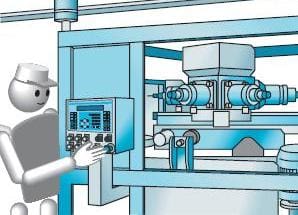
EN61800-3 (IEC1800-3) – Adjustable speed electrical power drive systems
The countries of the European Economic Area (EEA) have agreed on common minimum regulatory requirements in order to ensure the free movement of products within the EEA. The CE marking indicates that the product works in conformity with the directives… Read more
Jan 14, 2011 | By Edvard Csanyi
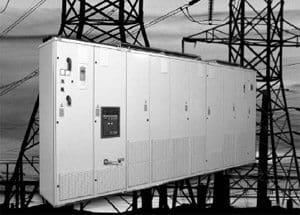
Security for Substation Communications
Until recently the term “security,” when applied to SCADA communication systems, meant only the process of ensuring message integrity in the face of electrical noise and other disturbances to the communications. But, in fact, “security” also has a much broader… Read more
Jan 13, 2011 | By Edvard Csanyi

Gas-Insulated Transmission Line – GIL
The gas-insulated transmission line (GIL) is a system for the transmission of electricity at high power ratings over long distances. In cases where overhead lines are not possible, the GIL is a viable technical solution to bring the power transmitted… Read more
Jan 12, 2011 | By Edvard Csanyi

SCADA Security Attacks
SCADA systems are used to control and monitor physical processes, examples of which are transmission of electricity, transportation of gas and oil in pipelines, water distribution, traffic lights, and other systems used as the basis of modern society. The security… Read more
Jan 10, 2011 | By Edvard Csanyi

Reasons for Substation Grounding System
There are many parameters that have an effect on the voltages in and around the substation area. Since voltages are site-dependent, it is impossible to design one grounding system that is acceptable for all locations. The grid current, fault duration,… Read more
Jan 09, 2011 | By Edvard Csanyi
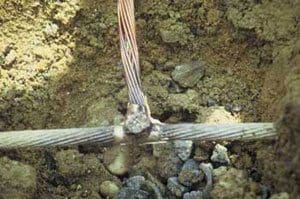
Relationship Between Earthquakes And Substations
To secure and protect substation equipment from damage due to a seismic event, the relationship between earthquakes and substation components must first be understood. Earthquakes occur when there is a sudden rupture along a preexisting geologic fault. Shock waves that… Read more
Jan 09, 2011 | By Edvard Csanyi

Renewables And The Impact On Environment
Alternative energy sources, especially with regard to air emissions. The likely life-cycle emissions (taking into account fuel cultivation, harvesting, collection, transportation and processing, as well as power plant construction, operation and decommissioning) from main renewable energy technologies and conventional electricity… Read more
Jan 08, 2011 | By Edvard Csanyi

NEMA TP1 Energy Efficiency Standard
Most commercial and industrial facilities require several low-voltage transformers to decrease the voltage received from the utility to the voltages used by various loads such as lighting, computers and other electrically operated equipment. Standard transformers convert approximately 95% of the… Read more
Jan 08, 2011 | By Edvard Csanyi
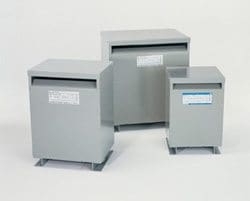
Solar Energy And Silver
The solar industry isn’t the largest consumer of silver, but it is a growing market that could give silver producers a boost. Most of the markets that silver serves follow traditional supply-demand economics and therefore competition is based on price,… Read more
Jan 07, 2011 | By Edvard Csanyi

Transformer Losses Standards
Unlike many countries around the world, Europe has no mandatory standard on energy efficiency of distribution transformers. The two main documents which describe losses in transformers are: the European Standard EN 50464-1, which has superseded the harmonised document HD428 for… Read more
Jan 07, 2011 | By Edvard Csanyi
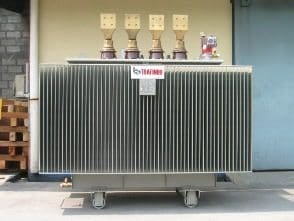
SF6 gas as insulating and arc-quenching medium
Sulphur hexafluoride gas (SF6) is employed as insulation in all parts of the installation, and in the circuit-breaker also for arc-quenching. SF6 is an electronegative gas, its dielectric strength at atmospheric pressure is approximately three times that of air. It… Read more
Jan 06, 2011 | By Edvard Csanyi

Parallel Operation Of Transformers
Most transformers installed in parallel have the same kVA, turn ratios, and impedances, which can make it difficult for power engineers in industrial and commercial facilities to understand circulating currents and load sharing. As systems change over time, and transformers… Read more
Jan 05, 2011 | By Edvard Csanyi
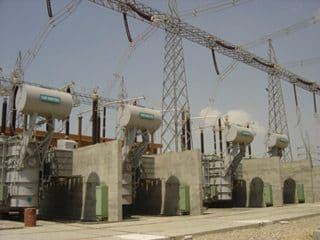
Maintenance Of SF6 Gas Circuit Breakers
Sulfur Hexafluoride (SF6) is an excellent gaseous dielectric for high voltage power applications. It has been used extensively in high voltage circuit breakers and other switchgears employed by the power industry. Applications for SF6 include gas insulated transmission lines and’gas… Read more
Jan 04, 2011 | By Edvard Csanyi


